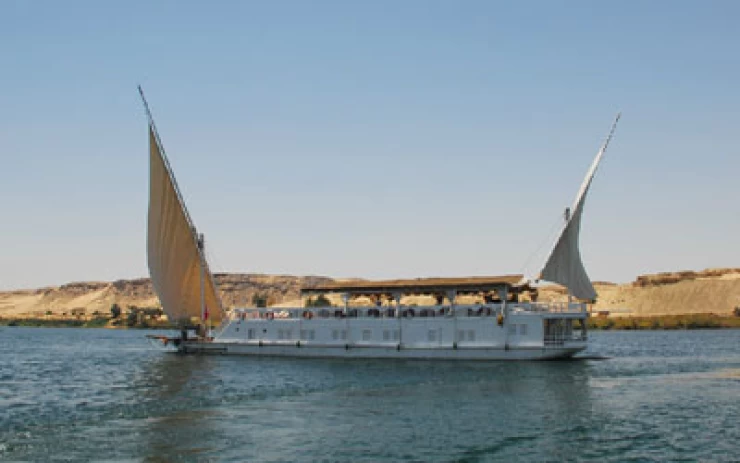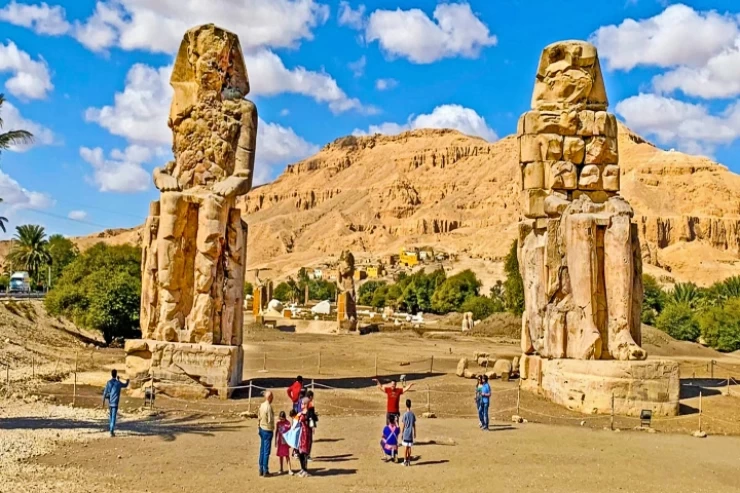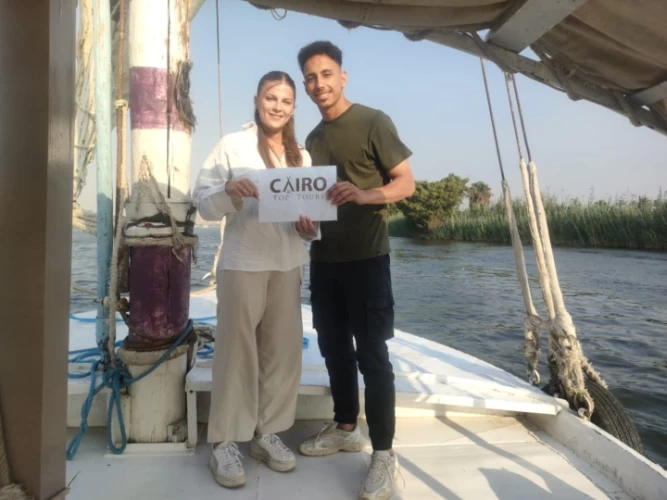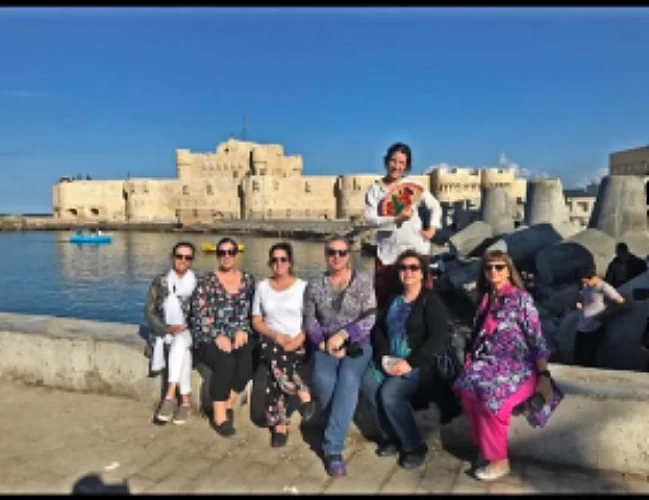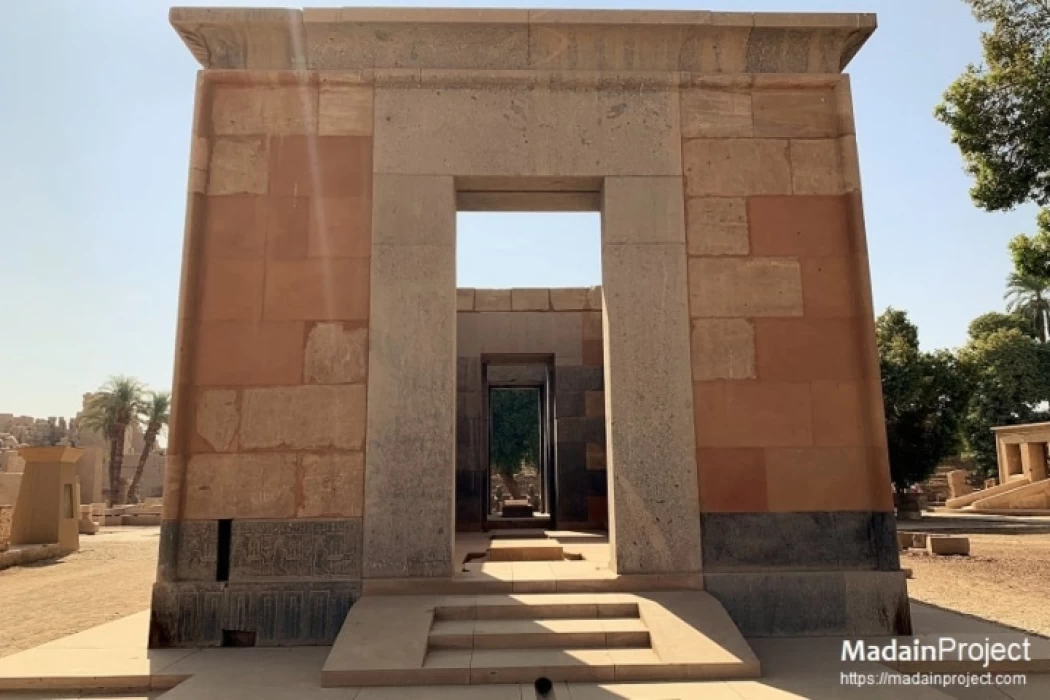
Red Chapel of Hatshepsut
What is the Red Chapel of Hatshepsut?
The chapel was originally built as a boat shrine during the reign of Queen Hatshepsut. She was the fifth pharaoh of the 18th Dynasty from about 1479 to 1458 B.C. It was demolished in antiquity and its parts were reused in other projects. However, after its rediscovery in modern times, the Chapel was reconstructed in 1997 using its original materials.
The original location of the chapel may have been in the central courtyard of the Temple of Amun at Karnak, near Thebes. Alternatively, it could have been located between the two obelisks of Hatshepsut. It is also believed that Hatshepsut erected several smaller chapels and the Hatshepsut Chambers behind the chapel.
The ancient Egyptians believed that a sacred boat was used in a nocturnal journey of the sun deity, traveling from the western horizon at sunset behind the earth to the eastern horizon where sunrise would occur. In the early eighteenth dynasty, the deity of the sun was Amun. During religious ceremonies, the deity was transported from one temple or section of a temple complex to another in a model that the pharaoh and other religious leaders kept for such religious ceremonies. The chapel would have been their sacred temple. Cairo Top Tours guide will take you on a deep tour in Luxor day tours to visit the famous temples in Egypt including the Karnak Temple.
It was also believed that a boat transported the dead to the afterlife and the royal ones would take the pharaoh on a journey to become a deity. Eventually, in addition to reliefs and paintings of the boats, model copies were placed in the tombs of the pharaohs, royalty, and all those who could afford to provide one for burial.
Facts about the Red Chapel of Hatshepsut
The chapel consists of two open courtyards and is approximately 18 meters long, 6 m wide and 5.5 m high. Its upper part is made of red quartzite (hence the name); the foundations are built of black diorite. Black granite and gray diorite were also used in its construction. In the center of the first of the three courtyards contained in the chapel, there is a basin, probably used to support a model of a boat. In the center of the inner courtyard, two rectangular stone slabs mark the places where statues or boats could have been placed. Keen on visiting it during your Egypt travel packages as it deserves your visit.
The chapel was erected at the temple of Karnak in the sanctuary of Amun-Ra and was placed immediately in front of an adobe and limestone temple left over from the Middle Kingdom. To the north and south of the Chapel was a collection of smaller sandstone cult shrines known as the Hatshepsut Suite, whose decorations depicted Hatshepsut making offerings to the deities. To see it yourself you should come with us through guided Egypt day tours.
The chapel consisted of two rooms, a vestibule, and a presbytery, which were raised on a diorite .platform and could be accessed using short ramps on both sides. The purpose of the chapel was to house the Userhat-Amun, the boat that the deity Amun was believed to use to travel on feast days. Feel free to contact us and ask about our Egypt luxury tours which will take you on a tour of the Egyptian civilization, and discover ancient Egyptian progress with our guided Egypt classic tours.
In Aswan, there is a cool place called Temple Of Debod. It's a special place where you can learn about how people lived a long time ago in Egypt. You can even pretend you are there and see all the amazing things they had a long time ago.







